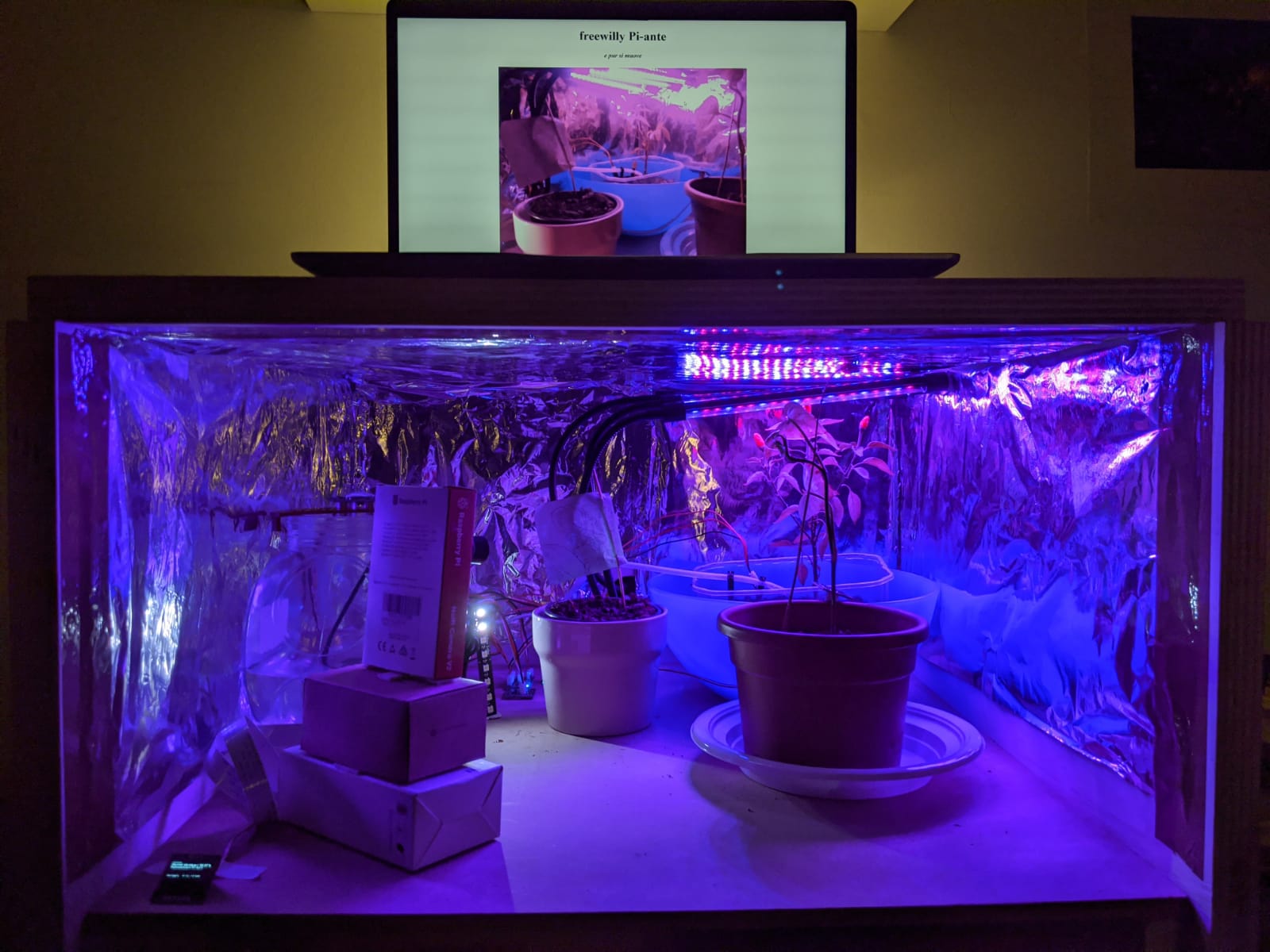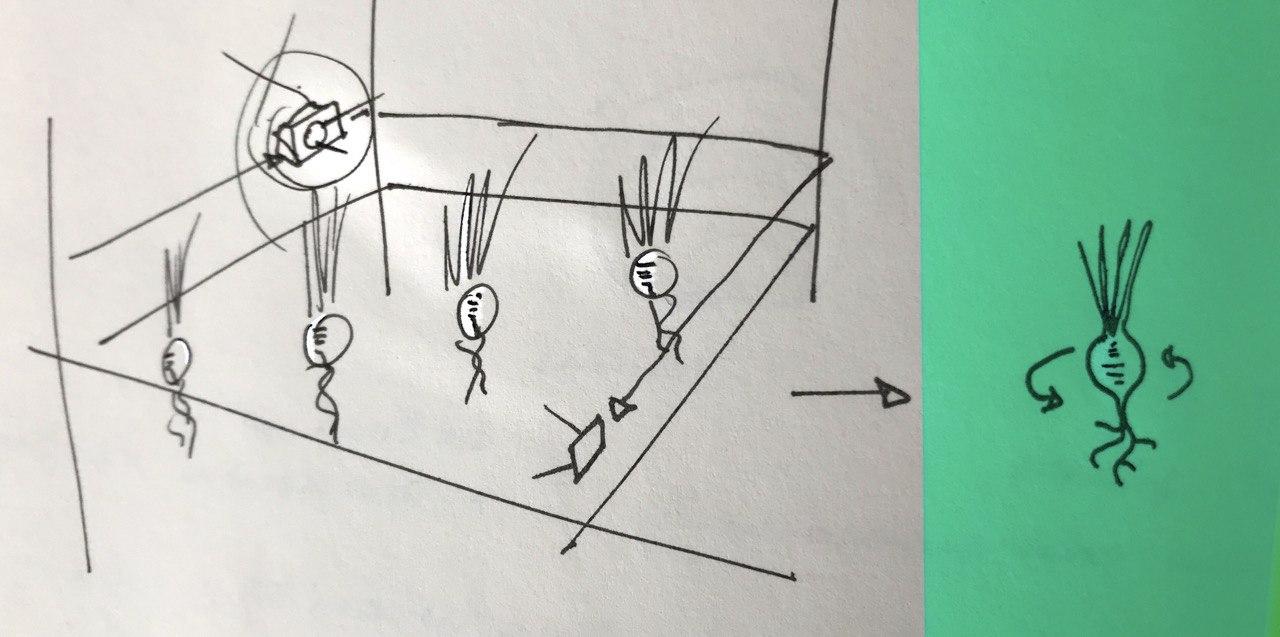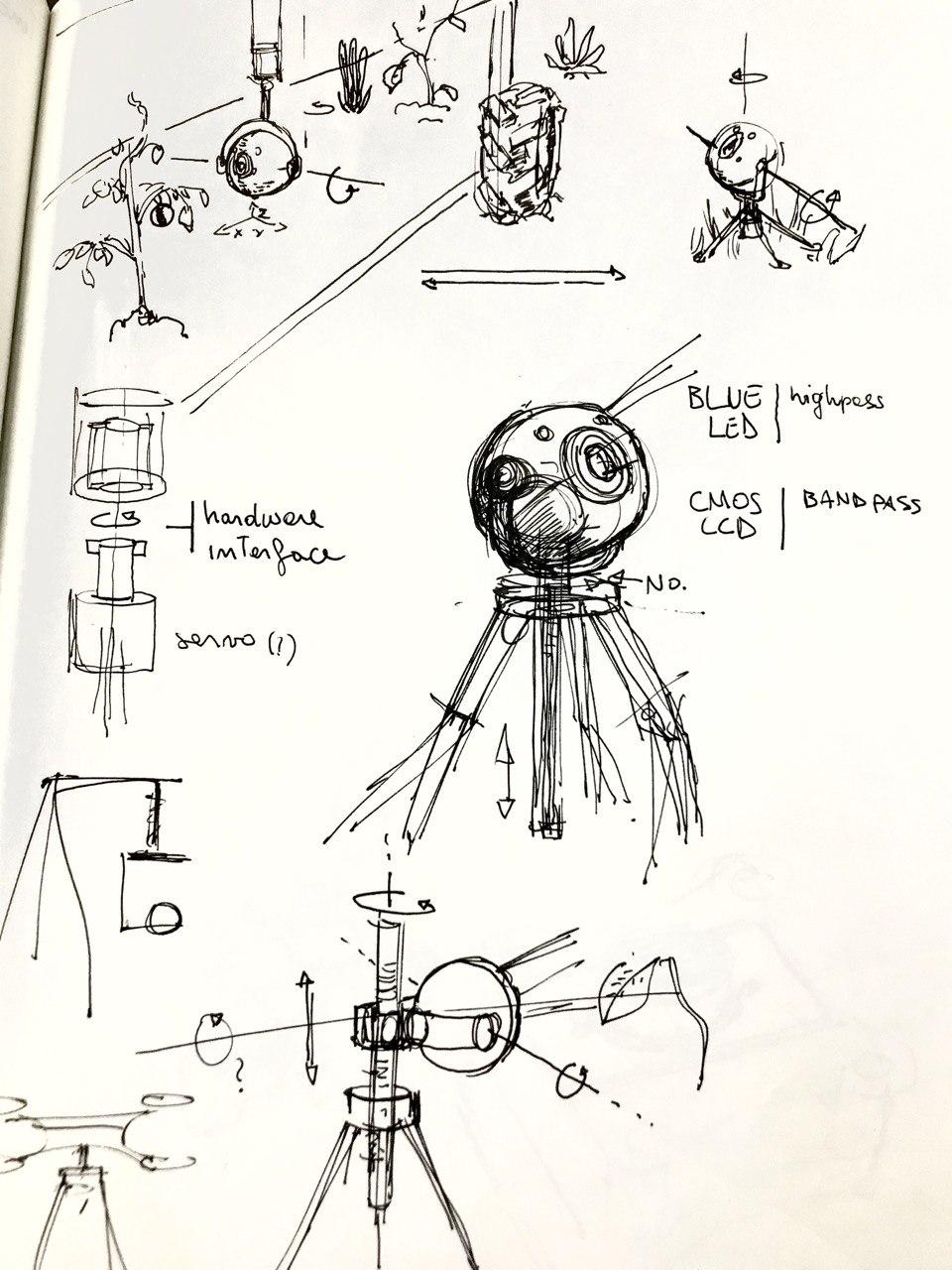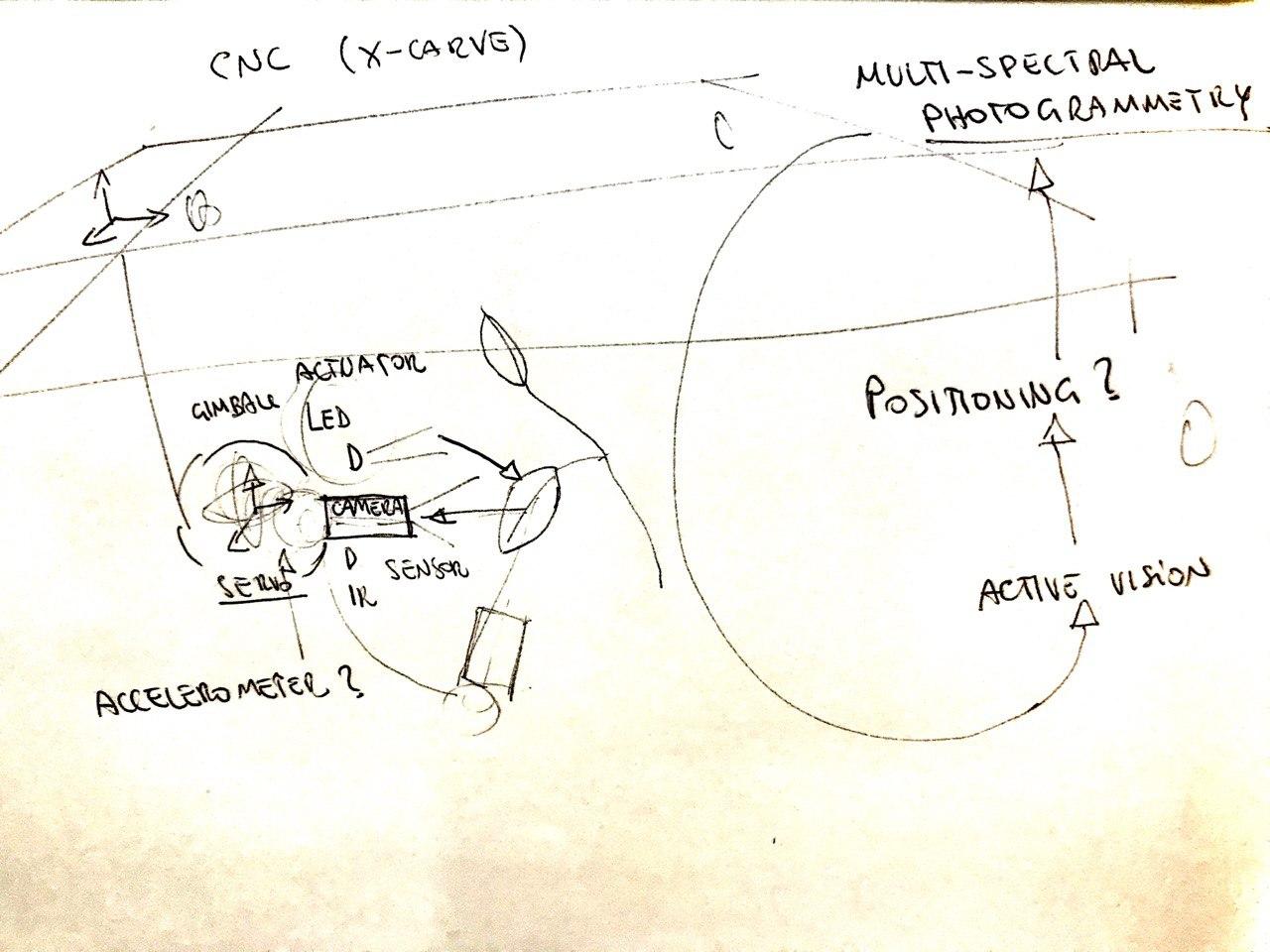1. Principles and practices
This week I worked on defining my final project idea and started to getting used to the documentation process.
Edit: from week02 I can already tell that the documentation that I'm able to provide as I develop my project is mostly made of hints and anchor points, that I will later need to expand and consolidate. I hope to build my own semantic web to derive my ontological framework from.
Project Management
To meet the desired outcome
Elements of the plan:
- definition of the scope of the project
- the ~~authorized~~ budget
- the required schedule
- any other requirements imposed by the stakeholders
Scope of the project
The scope of this project is to reduce the gap between research and practice in agroecology. The strategy to achieve this goal is to improve the user-experience of human-plant-machine interactions; by engaging the psychological framework of affordance (Gibson,1979)
Affordance theory states that the world is perceived not only in terms of object shapes and spatial relationships but also in terms of object possibilities for action (affordances) — perception drives action.
Supply-Side (Time) Management
It is a good practice to understand and know given (time) constraints in a (work) process. A large pictures of requirements, events, activities and even tasks is not always a given; deriving a time-schedule based on these 'top-down' constraints helps preventing cascading delays in work management.
Activity Management
- To-do Lists Task Management (top-down) --> History;
- From goals to tasks; mapping 'drivers' to dependencies;
- Activity Hours Tracking (bottom-up) --> History;
- Strength and weakness: how fit is the workflow?
- Historical discrepancies between top-down and bottom-up management should support decision-making.
Version Management
Enabling collaboration and evolution through version management. Starting out with Git.
Some Issues and WIHL(What I Have Learned)
Following the guides is not that trivial. After going through them I still have sooooooooooooooooooo many questions!
- I made SSH keys, where are they stored?
*you can find them by typing dir or ls in your main disk through command line! 2. I made a mkdocs project: how do I put it in my git clone?
*just replace the mkdocs.yml file and the docs folder in the git clone folder 3. What's next? Git add? Where from?
*from the forlder where the file .gitinit 4. Finding out how to properly handle images paths:
WARNING - Documentation file 'index.md' contains a link to '..\images\scales.jpg' which is not found in the documentation files.
Just three relevant questions, after all. *all of which have been answered by Oscar
Final Project
The gist of my project for the FabAcademy is to design to help enhancing environmental feedback in agricultural ecosystems. Among the many ways of doing so, I chose to go for the collaborative, opensource, modular solution. Orbiting around the ROMI project, I will work on a modular actuator that can be mounted both on the UGV and on a indoor garden/farm. I would be nice to study standardization and customization and how they relate in this context.

It will mainly involve a camera rig, and a backdrop
Systems and Sub-systems
Modularity, Complexity and spiral development.

Version 0.1: just previous to Fab Academy, a plywood box, holding a sensor setup to monitor environmental variables and to control irrigation. This setup main purpose is to start building an idea of how to standardize data capture in any facility, ranging from food-production to indoor gardening.

Vertical indoor eco-ponic (aquaponics and aeroponics) gardening system

Integrated multimethod phenotyping: Cmos and IRL imaging, hopefully UV lights and filters to capture fluorescence.


